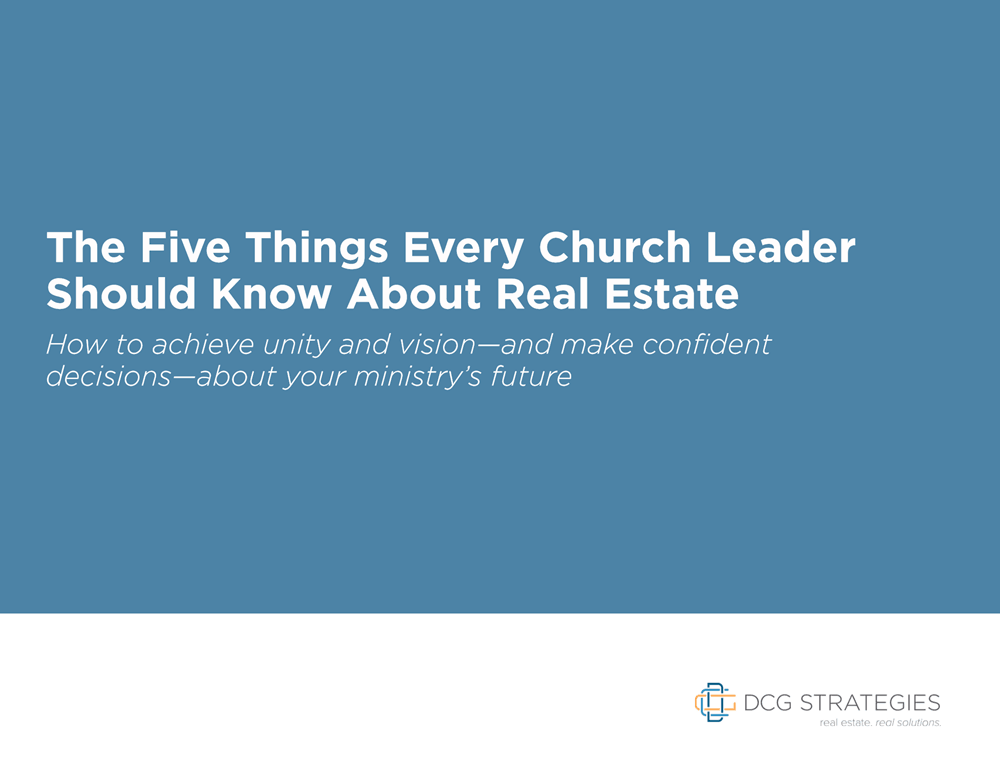Many churches built years ago in what are now prime real estate markets are coming under increased pressure to sell their buildings and real estate as their congregations age and shrink in size. In some cases, parishioners and church leaders work together to find an acceptable deal and new space, but in other instances church leadership is unilaterally entering into sales arrangements, leaving parishioners out in the cold and scrambling to find new spaces to worship.
Case Study: St. James the Great
In May 2015 in Newport Beach, California, the L.A. Episcopal diocese announced that it had sold St. James the Great Church for $15 million to a local developer who plans to build townhomes on the site where the church currently sits. This announcement came as a surprise to St. James’s ministers and parishioners.
Church leadership and members are now rallying to save the church, but they face an uphill battle. Like many churches across the country, St. James the Great has had a tough time attracting new members, especially younger parishioners and their families. The appeal of a more traditional church like this one is on the decline, and the church faces increased “competition” from many types of religious organizations — several megachurches, smaller churches, and even another Episcopal church.
While it’s easy to sympathize with the plight of St. James’s parishioners and leaders, it’s also easy to see the rapidly changing religious landscape that is embodied in Newport Beach but playing out similarly throughout the state and country. Many religious organizations are starting to question whether legacy properties might be able to provide capital that can be used to forward their missions in other respects.
Alternative Spaces for Churchgoers
More and more churches are willing to experiment around different worship locations and configurations that can in some respects modernize religious practice while at the same time respecting older traditions. Some examples of alternative spaces include churches that meet in art galleries or centers, out-of-the-way strip malls, and drive-in movie theaters. Another unique example nearby St. James the Great is the Laundry Love Project, which builds relationships and spreads faith while doing laundry for people who are struggling financially.
Younger churchgoers especially care more about their church’s social justice and social service efforts than the beauty and prestige of the church building itself. Worship practices are very often more relaxed and free-flowing in these alternative spaces and programs. Attendees don’t need to be as familiar with specific religious rites and practices, and this is no doubt a benefit to younger members. The question churches must wrestle with is whether these more relaxed standards are helping or hurting them forward the core principles of the faith.
Selling Traditional Churches — A Wise Investment?
If church leaders look more broadly at their mission, it’s not hard to understand that selling an older building, (with high costs of upkeep) for many millions of dollars presents an attractive opportunity to invest in other programs and services that can forward the church’s mission. And certainly, alternative spaces of worship can be located for much lower cost.
Establishing places of worship in schools, galleries, parks or even coffee shops and bars makes them more accessible to people who may never thought of attending a church service before. Without a doubt, many churchgoers feel close ties to the physical building in which they worship — the St. James parishioners are just one example of that. But the high value of church real estate in prime locations is causing leaders to question whether they need to rebalance tradition, theology, economics and demographic change so that they can keep the faith for generations to come.





